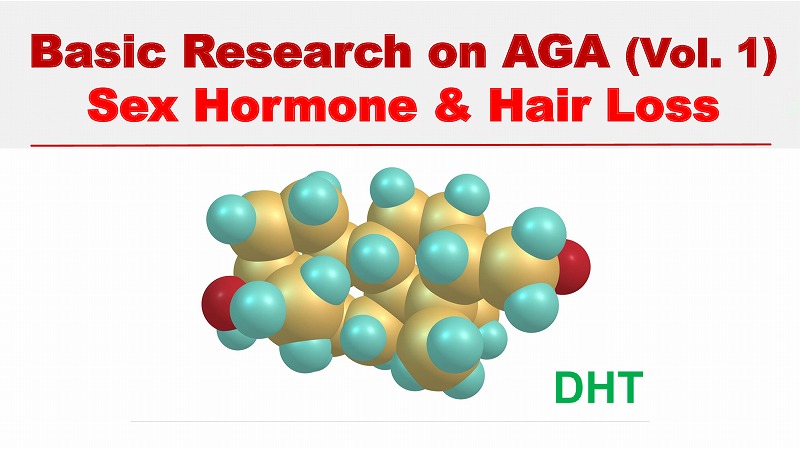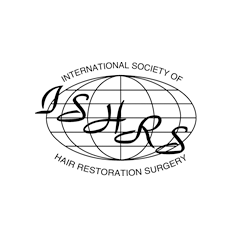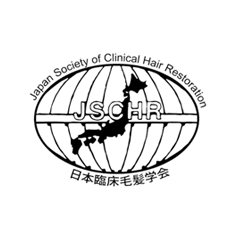Steroid Pathway in Men
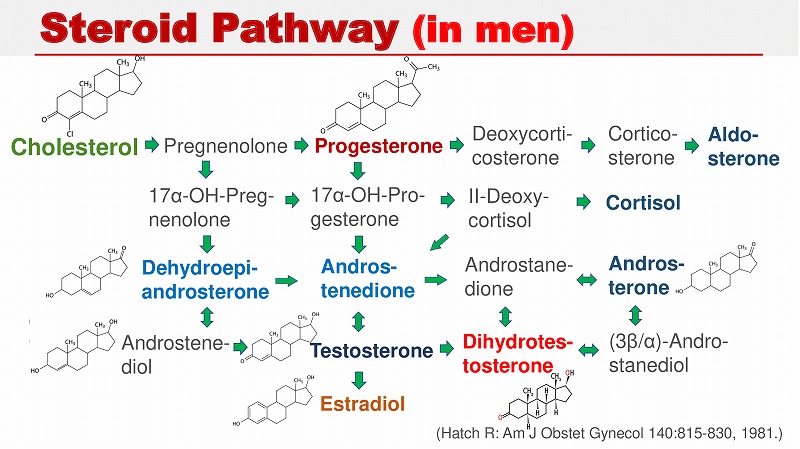
Testosterone is mainly varied into dihydrotestosterone (DHT) in men, and the levels of DHT are determined by the activity of 5α-reductase.
The manifestation of male pattern baldness depends on the function and sensitivity of androgen receptors, as well as the activity of 5α-reductase, which produces DHT.
DHT plays an important role in the progression of androgenetic alopecia in men.
Steroid Pathway in Women

Dehydroepiandrosterone (DHEA) is the main precursor to DHT in women.
DHT is also produced in women.
5α-Reductase is also involved in the metabolic pathway from DHEA to DHT in women.
Both 5α-reductase and DHT are also involved in the steroid pathway and metabolism of androgens in women.
Androgens such as testosterone, androstenedione, and DHEA are metabolized extensively in the skin tissue.
It is interesting to know that DHT is produced in women’s body, too.
Androgen Metabolism in the Scalp Skin
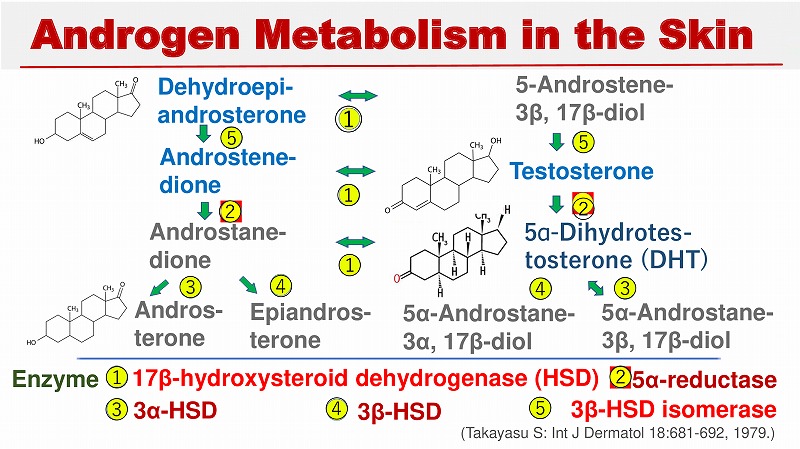
17β-Hydroxysteroid dehydrogenase (HSD) is an important enzyme in the production of active sex steroids such as all androgens, including testosterone and estrogen.
The amount of DHT that binds to the androgen receptor is regulated by NADH, NADPH-dependent 3α-HSD and 3β-HSD.
Enzymes such as 17β-HSD and 3β-HSD in the androgen metabolism are important in the progression of scalp hair thinning.
